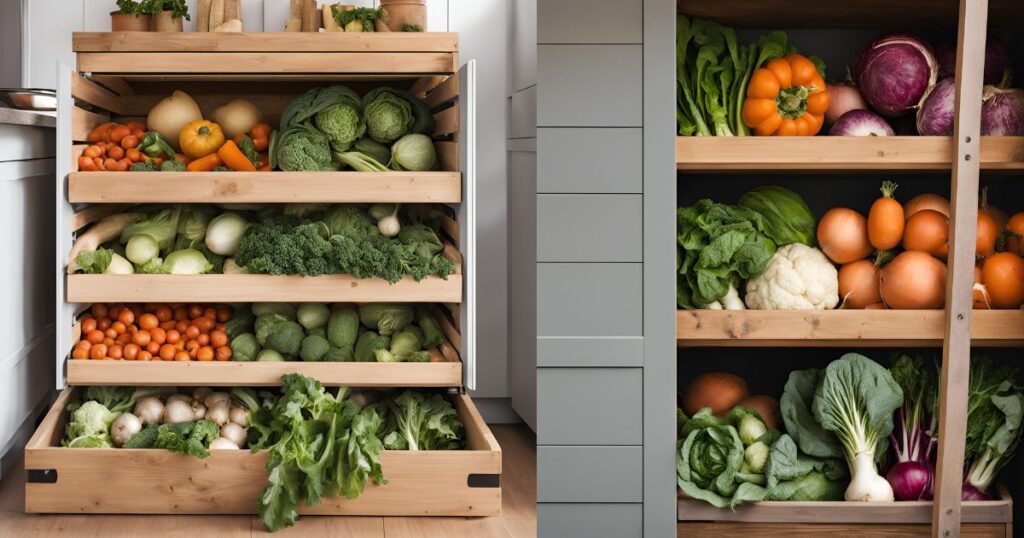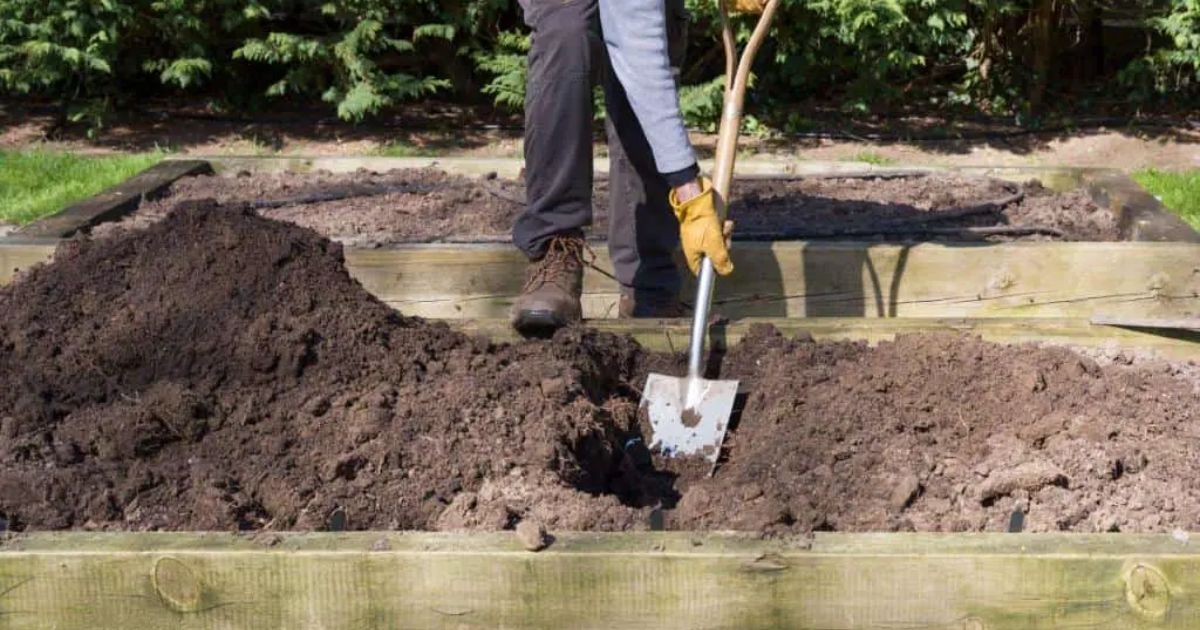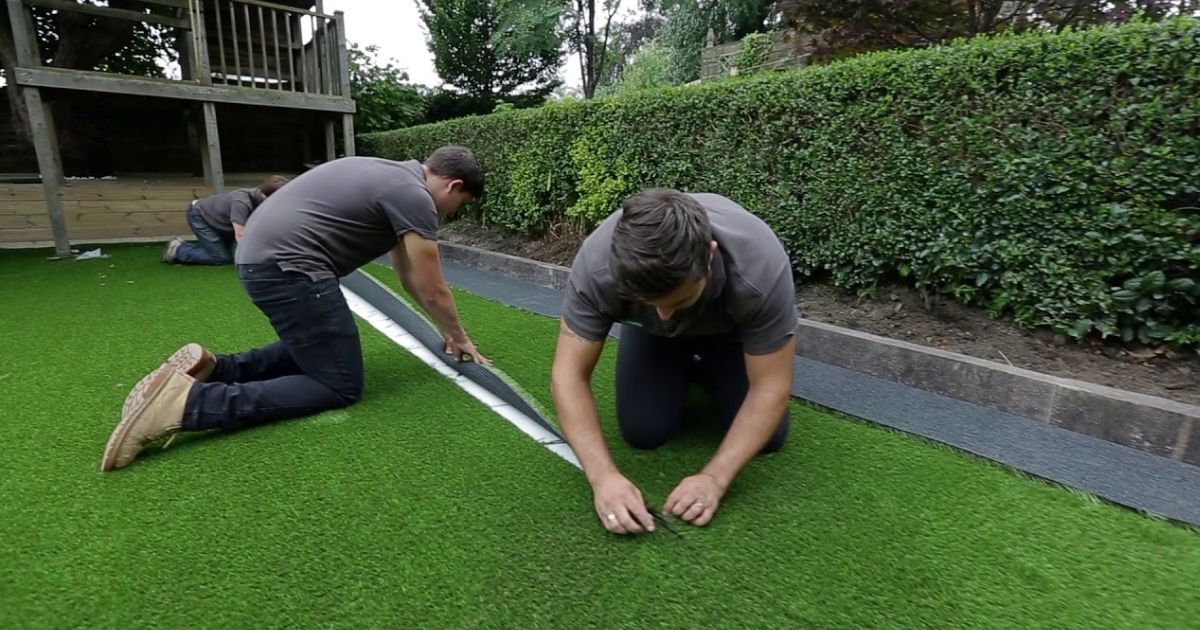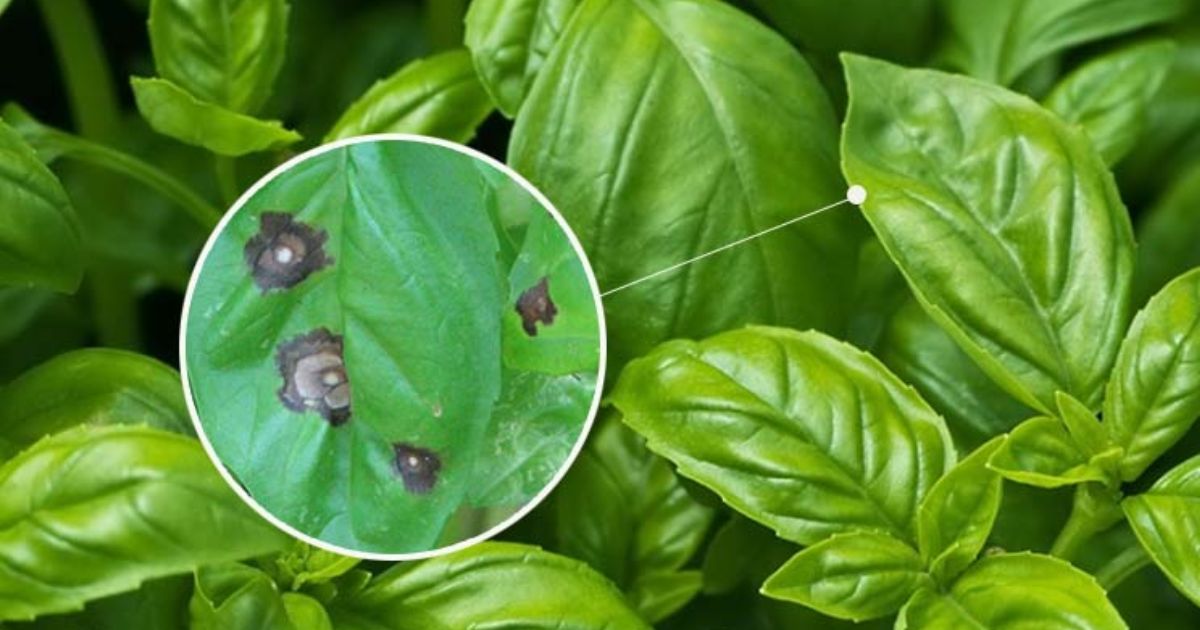As the colder months approach, ensuring your winter vegetable harvest stays fresh becomes a top priority for many gardeners and home cooks. Winter vegetables like potatoes, carrots, squash, and onions are staples for hearty meals, but they can spoil quickly without the right storage techniques. Learning the top tips for winter vegetable storage is essential to keeping your harvest fresh all season long. Proper storage increases the product’s shelf life of vegetables and preserves their flavor, texture, and nutritional value.
Whether how to store vegetables from garden or stocked up at the farmer’s market, following the best practices for winter vegetable storage can help you enjoy your produce for months. From understanding ideal storage conditions to avoiding common mistakes, these tips will ensure your winter vegetables stay crisp and delicious throughout the season. In this guide, we’ll cover everything you need to know to keep your harvest fresh and make the most of your winter vegetables.
Winter Vegetables and Their Storage Needs
What are winter vegetables?
Winter vegetables are cold-hardy crops that thrive in cooler temperatures, often harvested in the fall and stored for use throughout the winter months. These include root vegetables like carrots, beets, turnips, brassicas such as cabbage, kale, and Brussels sprouts, and tubers like potatoes and sweet potatoes. Unlike summer vegetables that require warmer temperatures and have a shorter shelf life, winter vegetables are naturally resilient to cold. They can be stored for longer periods with the right conditions.
Root vegetables grow underground and are ideal for long-term storage due to their hardy nature and ability to withstand low temperatures. Brassicas, which include leafy greens and cruciferous vegetables, are also cold-tolerant and have a dense structure, making them suitable for storage in cool, moist environments. Tubers like potatoes have thick skins that protect them from environmental factors, allowing them to last through the winter months.
Why winter vegetables need special storage
Because of their temperature, humidity, and light sensitivity, winter vegetables require different storage for vegetables needs than summer produce. Proper storage is essential to prevent spoilage, dehydration, or sprouting.
- Temperature: Winter vegetables typically require cooler storage temperatures between 0°C and 10°C (0°F and 50°F). Vegetables like potatoes and carrots store best at slightly higher temperatures, while cabbages and beets thrive in colder conditions. Maintaining a consistent, cool temperature helps slow down the natural decay process.
- Humidity: Many winter vegetables need a high-humidity environment (85-95%) to retain moisture and prevent drying. Root vegetables, in particular, can fade if stored in an area too dry. Controlling humidity levels can be done by packing vegetables in damp sand or storing them in breathable containers.
- Light exposure: Avoiding light is crucial for winter vegetable storage, as it can cause certain vegetables, like potatoes, to sprout or turn green. A dark, well-ventilated space, such as a root cellar, basement, or pantry, is ideal for keeping these vegetables fresh.
Understanding the specific storage needs of winter storage for carrots allows you to maintain their freshness and Long after the growing season has concluded, savor your crop.
Top Tips for Winter Vegetable Storage
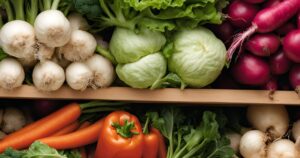
Properly storing winter vegetables can greatly improve their freshness and longevity. By adhering to these straightforward yet practical suggestions, you can ensure that your harvest stays in top condition throughout the colder months.
1. Store in a Cool, Dark Place
Keeping winter vegetables in a cool, dark place is crucial for preserving freshness. Exposure to sunlight and heat accelerates ripening and causes vegetables to spoil faster. The ideal storage temperature for most winter vegetables is between 32°F and 50°F (0°C and 10°C).
Basements, root cellars, or dark pantries are excellent storage locations because they offer cool, stable temperatures and protection from direct sunlight. If you don’t have a root cellar, consider creating a dark, well-ventilated space where your vegetables can stay best way to store fresh vegetables without heat or light.
2. Control Humidity Levels
Many winter storage for carrots vegetables, particularly root vegetables like carrots, turnips, and beets, require high humidity to prevent drying. The ideal humidity range is 85% to 95% to retain the moisture necessary for these vegetables to stay firm and fresh.
One effective way to maintain this humidity level is by storing vegetables in damp sand or sawdust, which helps to hold moisture around the produce. You can also use breathable containers like perforated plastic bins or baskets that allow air circulation while retaining moisture. This keeps the environment moist but not wet, It lessens the possibility of deterioration and mold.
3. Separate Ethylene-Producing Vegetables
Certain vegetables, such as potatoes, generate ethylene gas, a naturally occurring hormone in plants that accelerates ripening and spoilage of nearby produce. Ethylene-sensitive vegetables like onions, garlic, and leafy greens can spoil quickly if not properly separated.
Store ethylene-producing vegetables in separate containers or different parts of your storage area to avoid this. By keeping them apart, you can extend the shelf life of both ethylene-producing and sensitive vegetables.
4. Freeze for Long-Term Storage
For vegetables that don’t store well in fresh form for extended periods, like broccoli and cauliflower, freezing is an excellent option. Freezing helps retain its nutritional value and flavor.
Before freezing, it’s important to blanch these vegetables, which involves briefly boiling them for a few minutes and then plunging them into ice water to stop cooking. This helps preserve their color, texture, and nutrients. Once blanched, drain the vegetables thoroughly, pat them dry, and best way to store fresh veggies them in airtight, freezer-safe bags or containers.
5. Use Proper Containers
Choosing the right containers is key to successful winter vegetable storage. Breathable materials like mesh bags, burlap sacks, or cardboard boxes allow air to circulate, which helps prevent moisture buildup and reduces the chances of mold.
Avoid using plastic bags, which can trap moisture and create a humid environment that promotes rotting. Instead, opt for ventilation containers while keeping your vegetables secure and organized.
6. Check Regularly for Spoilage
Even with the best storage conditions, some vegetables may rot over winter vegetables. It’s important to regularly inspect your stored vegetables for indications of spoiling, such as mold, mushy areas, or disagreeable smells. Removing spoiled vegetables immediately is essential to prevent the decay from spreading to other produce.
A quick, weekly check of your storage area can save you from losing a large portion of your winter vegetables and help you catch any issues before they escalate.
These tips for winter vegetable storage can ensure your harvest stays fresh, flavorful, and nutritious throughout the winter months. Using the right storage techniques can let you enjoy your vegetables long after the harvest season.
Winter Vegetable Storage Methods
Storing winter vegetables effectively ensures they stay fresh and nutritious throughout the colder months. Different storage methods can be used based on the types of vegetables and the storage options available. Here are three common and effective ways to store your winter vegetables How to Prevent Tomato Catfacing.
1. Root Cellars
A root cellar is one of the oldest and most reliable methods for storing winter vegetables. These underground rooms naturally maintain cool, stable temperatures and elevated relative humidity, rendering them perfect for long-term vegetable storage. The cool temperatures slow down the decay process, while the high humidity prevents the vegetables from drying out.
How to save carrots over the winter: Root vegetables like carrots, beets, turnips, and tubers like potatoes store exceptionally well in root cellars. Brassicas, like cabbage, can also thrive in these conditions. The dark environment in a root cellar also keeps vegetables from sprouting or becoming bitter.
For those without a traditional root cellar, DIY alternatives can be created. You can use insulated basements, garages, or crawl spaces to mimic root cellar conditions. Even outdoor storage in insulated boxes or buried containers can work if the space stays cool and well-ventilated. Packing storing root vegetables in breathable containers and insulating them with straw or blankets can further replicate the benefits of a root cellar.
2. Refrigeration
Refrigeration is a convenient and modern method for storing certain winter vegetables that benefit from colder temperatures. Kale, Brussels sprouts, carrots, and beets are well-suited for refrigeration and can remain fresh for several weeks or months when stored correctly.
The ideal refrigerator temperature for winter vegetables is between 32°F and 40°F (0°C to 4°C). Ensure that your fridge has proper airflow, and avoid storing vegetables in tightly sealed plastic bags, as this may retain moisture and encourage the growth of mold. Rather, use perforated bags or store vegetables in the crisper drawer with higher humidity levels.
It’s important to note that not all winter vegetables should be refrigerated. Potatoes and onions, for example, should be stored in cooler, dark places rather than the fridge, as cold temperatures can cause them to develop an undesirable taste or texture.
3. Cold Storage with Sand or Sawdust
Root vegetables like carrots, turnips, beets, and parsnips are traditionally stored in sand, sawdust, or wood shavings. This technique helps maintain moisture, prevent dehydration, and prevent the vegetables from spoiling.
To use this method, pack the vegetables in damp sand, sawdust, or wood shavings, ensuring the material is slightly moist but not wet. To create a moisture-retaining barrier, layer the vegetables in a container, covering each layer with sand or sawdust. This method mimics the conditions of underground storage, keeping vegetables cool and hydrated while also preventing light exposure.
Cold storage with sand or sawdust is especially useful for those without refrigeration space or root cellars. It can be done in boxes, bins, or even barrels in a cool, dark area like a garage or shed. Just be sure to regularly check the moisture levels of the packing material to prevent it from drying out.
By selecting the appropriate storage technique based on the type of vegetable and the resources available, you can extend the life of your winter vegetables and enjoy them well into the cold months.
Storage Tips for Specific Winter Vegetables
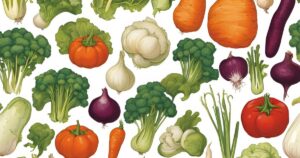
Winter vegetables have unique storage needs to maintain their freshness throughout the season. By following specific tips for each type, you can enjoy your harvest for months. Here’s a guide to storing some of the most common winter vegetables:
1. Potatoes
Potatoes thrive when stored in a cool, dark, and moderately humid environment. The ideal temperature range is 45°F to 50°F (7°C to 10°C), with a humidity level of around 85-90%. Storing potatoes in a dark place, such as a pantry, cellar, or basement, helps prevent sprouting and exposure to sunlight, which can cause them to turn green and develop toxic solanine.
To prevent sprouting, keep potatoes dry and store them in well-ventilated containers like paper bags, mesh sacks, or cardboard boxes. Store potatoes away from onions as they release ethylene gas, accelerating the rotting process.
2. Carrots and Beets
Carrots and beets store best when placed in sand, peat moss, or sawdust to retain moisture and prevent them from shriveling. For long-term storage, removing the tops of carrots and beets before storing them is essential, as the tops draw moisture from the roots, causing them to dry out faster.
Pack the carrots or beets in layers, covering each with slightly damp sand or sawdust. This method mimics their natural underground environment and keeps them hydrated. Keep them cold and dark, like in a root cellar or basement.
3. Squash and Pumpkins
Squash and pumpkins have slightly different storage needs. For short-term storage, they can be kept at room temperature (50°F to 60°F or 10°C to 15°C) in a well-ventilated space. However, for long-term preservation, it’s best to move them to a cool, dry location where temperatures range between 50°F to 55°F (10°C to 13°C). Basements or garages work well for this.
Before storing, ensure the squash and pumpkins are fully cured (storing garden vegetables) to toughen the skin and prevent rot. Take care when handling them to prevent bruises, which can hasten degradation.
4. Cabbage and Brussels Sprouts
Cabbage and Brussels sprouts are best stored in cool, moist environments like refrigerators or root cellars. Cabbage can be wrapped in breathable material, such as newspaper, to prevent it from losing moisture while allowing some airflow. Brussels sprouts can be stored in perforated plastic bags in the fridge. For both, it’s important to keep the storage between 32°F and 40°F, or 0°C and 4°C.
To extend their shelf life, periodically remove the outer leaves of cabbage and sprouts. This helps reduce the spread of decay and keeps the inner leaves fresher.
5. Onions and Garlic
Onions and garlic need a dry, ventilated area for optimal storage. The ideal storage condition is a cool, dry place, around 32°F to 50°F (0°C to 10°C), with good air circulation. Mesh bags, wire baskets, or hanging them in bunches allow for airflow and prevent moisture buildup, which may result in sprouting or mold.
Avoid refrigerating onions, as they absorb moisture from the refrigerator, which can lead to softening and spoilage. Garlic can be stored similarly but is particularly sensitive to moisture, so ensuring a dry environment is crucial.
By following these specific storage tips, you can maximize the freshness and flavor of your winter vegetables and reduce waste throughout the colder months.
Conclusion
Proper storage of winter vegetables is essential for keeping your harvest fresh and nutritious all season long. By being aware of the particular storage requirements for any vegetable—whether it’s storing potatoes in a cool, dark place, packing carrots in damp sand, or keeping squash at room temperature—you can prevent spoilage, reduce waste, and extend the life of your produce. Key factors like controlling temperature, humidity, and light exposure all play a role in maintaining the quality of your storing root vegetables throughout the winter.
Now is the time to start applying these simple yet effective storage tips. Whether using a root cellar, refrigerator, or cold storage method, following the guidelines can help you enjoy your winter harvest for longer, saving you time and effort. Proper storage will keep your vegetables fresher and reduce waste, helping you get the most out of what you’ve grown or purchased.
We’d love to hear from you! Please share your winter vegetable storage tips in the comments below, or subscribe to our newsletter for more seasonal storing garden vegetables advice and storage ideas. Together, we can make the most of the winter season and ensure your vegetables stay fresh and flavorful all winter.
FAQs:
What are the ideal storage conditions for winter vegetables?
The best storage conditions for most winter vegetables are cool (32°F to 50°F), dark, and moderately humid environments. This helps prevent spoilage, sprouting, and dehydration. Common storage areas include root cellars, basements, or dark pantries.
Can I store all winter vegetables in the refrigerator?
Not all winter vegetables should be refrigerated. While some, like carrots, beets, and cabbage, store well in the fridge, others, like potatoes and onions, must be kept in a dry, cool place away from the refrigerator to prevent spoiling or developing an unpleasant taste.
How do I keep vegetables like carrots and beets from drying out during storage?
Carrots and beets are good examples of root vegetables stored in damp sand, sawdust, or peat moss for long periods. This retains moisture and prevents them from shriveling.
Why do I need to separate certain vegetables during storage?
Some vegetables, such as potatoes, produce ethylene gas, which can cause other vegetables, like onions or garlic, to spoil faster. It’s important to store ethylene-producing vegetables separately from those sensitive to the gas to prevent this.

